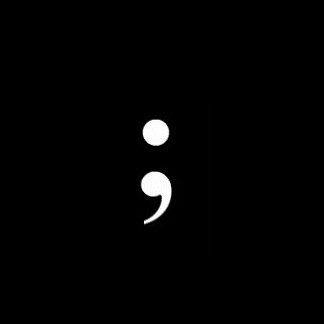The semicolon

A little known but infinitely useful element in any English writers punctuation tool box is the semicolon ( ; ). Have you ever found yourself writing an essay for class and not wanting to use a period because it would change how your sentence felt? What about having to enumerate elements which were themselves separated by a comma? Well little did you know that the semicolon was there to help you out the whole time.
Rule 1) The semicolon is used to separate two closely related but independent clauses that are not separated by a
coordinating conjunction (FANBOYS).
Example 1 : “My last grammar class was very interesting; the next one should be even better!”
Example 2 : “My last grammar class was very interesting; for, the teacher was very entertaining.”
It is also important to note that when the second clause contains a transitional expression (ex. : consequently, however, as a result, etc.) the semicolon is still required.
Example : “I am a very good English speaker; however, my Spanish still needs a lot of work.”
Rule 2) The semicolon is placed between items in a series if one or more of those items contains internal commas.
Example : “I have been to Paris, France; Basel, Switzerland; Reykjavik, Iceland; and Cairo, Egypt.”
These types of series are called complex series and can help your sentence be more precise and informative while still maintaining a simple and easy to read format.
Both uses of the semicolon will help you create a more pleasing flow to your text while also increasing the over all density of information that can correctly include in a single sentence; however, it takes some time to get into the habit of using it. That being said, it really is worth the effort!
